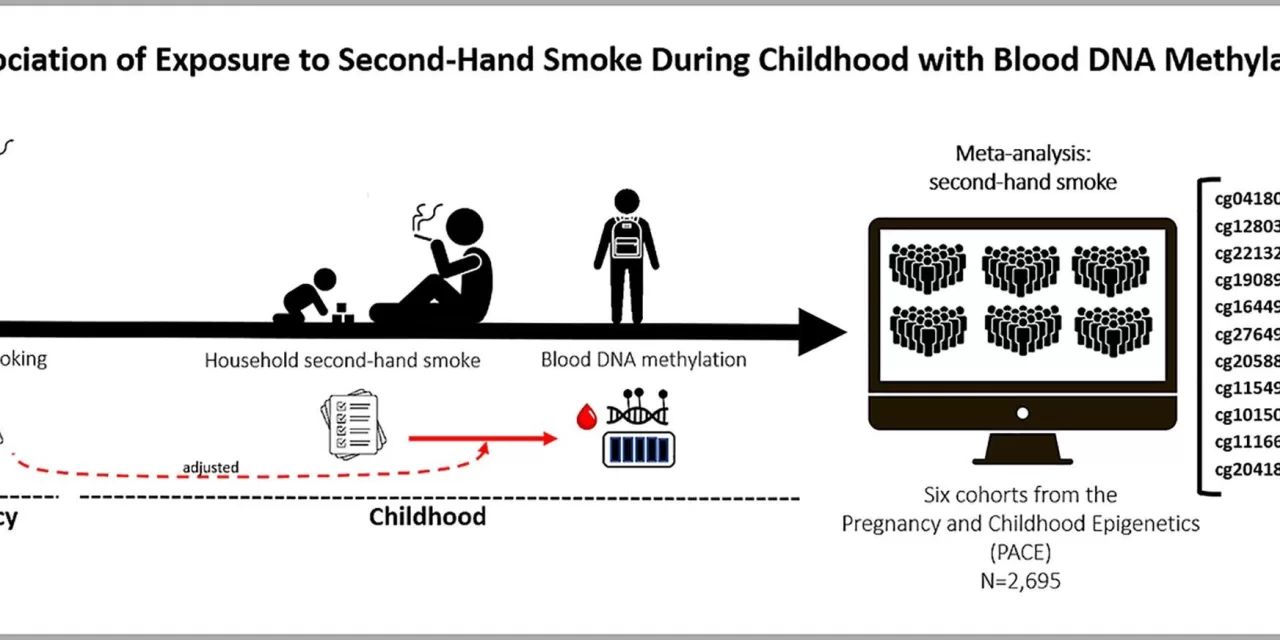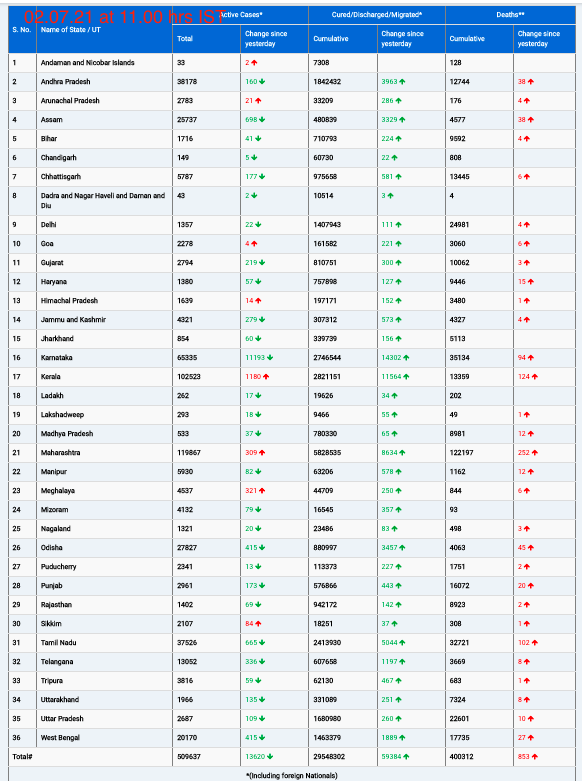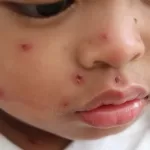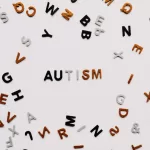Barcelona, Spain – A groundbreaking study conducted by the Barcelona Institute for Global Health (ISGlobal) has revealed that children exposed to second-hand smoke at home may experience lasting changes in their DNA. These epigenetic alterations, published in Environment International, could impact gene expression and influence the development of diseases later in life.
Epigenetic Impact of Tobacco Smoke
DNA functions as an instruction manual for the body, dictating essential biological processes. Although the genetic sequence remains unchanged, tobacco smoke exposure can introduce chemical marks that affect how genes are read. One of these epigenetic modifications, known as DNA methylation, plays a crucial role in regulating gene activity by turning genes on or off.
While previous studies have linked maternal smoking during pregnancy to epigenetic changes in offspring, this study is among the first to establish a link between second-hand smoke exposure in childhood and DNA modifications.
Study Findings
The research analyzed data from 2,695 children aged 7 to 10 years across eight European countries—Spain, France, Greece, Lithuania, Norway, the Netherlands, the UK, and Sweden. The children were part of six cohorts within the Pregnancy and Childhood Epigenetics Consortium (PACE).
Using blood samples, researchers measured methylation levels at specific DNA sites and correlated these with the number of smokers in the household. The study identified changes in 11 DNA regions (CpGs) associated with second-hand smoke exposure. Many of these regions have also been linked to direct tobacco exposure in active smokers and prenatal tobacco exposure.
Significantly, six of these affected regions have been associated with diseases where smoking is a known risk factor, including asthma and cancer.
Long-Term Health Implications
“Our study shows that second-hand smoke during childhood leaves its mark at the molecular level and can alter the expression of genes that influence disease susceptibility in adulthood,” explained Marta Cosin-Tomàs, lead researcher at ISGlobal.
Although smoking bans have reduced public exposure to tobacco smoke, many children continue to be exposed in their own homes. According to a 2004 estimate, 40% of children worldwide were subjected to second-hand smoke, increasing their risk of respiratory and cardiovascular diseases, neurological disorders, and immune system impairments.
“These findings suggest that childhood exposure to second-hand smoke leads to epigenetic changes similar to those seen in direct tobacco exposure,” said Mariona Bustamante, senior researcher at ISGlobal. “This highlights the urgent need for comprehensive measures to minimize childhood exposure to tobacco smoke, both at home and in indoor environments.”
Cosin-Tomàs emphasized that the issue extends beyond individual family choices. “Tobacco exposure is a public health concern rooted in social inequality. Socioeconomic and environmental factors, along with aggressive commercial influences, make it difficult to eliminate second-hand smoke exposure in some households.”
Call for Public Health Action
The findings of this study reinforce the need for stronger public health policies to protect children from the harmful effects of second-hand smoke. Raising awareness and implementing stricter regulations in domestic environments could help mitigate the long-term health risks associated with early-life tobacco exposure.
For more information, refer to the original research published in Environment International: DOI: 10.1016/j.envint.2024.109204.
Disclaimer: This article is for informational purposes only and does not constitute medical advice. Readers are encouraged to consult healthcare professionals for guidance on reducing tobacco exposure and its health implications.












